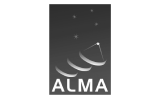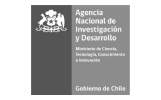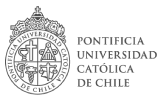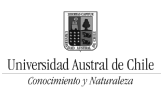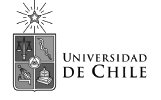
Transmisión suspendida a petición de AURA
“Dust Formation by Evolved Massive Stars” se denomina la charla virtual a la que invita la Asociación de Universidades para la Investigación en Astronomía (AURA) el lunes 4 de junio, a las 14.00 horas.
La charla será dictada por Itsuki Sakon, Department of Astronomy, University of Tokyo & Gemini South Visiting Astronomer.
Vea la videoconferencia por streaming (en vivo y directo) a través de REUNA
Ver transmisión {urltx aura-astronomia}
“Dust Formation by Evolved Massive Stars”
The observational evidence of the presence of significant amount of dust in the high redshift quasars, where low- to intermediate- mass stars cannot contribute as dust budgets, has lead us to the idea that dust formation by massive stars should be the important dust budget in the early universe. One of the major processes of dust formation by massive stars is the dust condensation in the ejecta of core-collapse supernovae (SNe). However, most of the recent observational studies have reported much smaller amount of newly formed dust in the SN ejecta (10^-3 to 10^-5 solar mass per SN) than the theoretically predicted values (0.1-1 solar mass per SN; Nozawa et al. 2003). Our near- to mid-infrared observation of dust-forming SN 2006jc with AKARI/IRC has demonstrated the presence of newly formed amorphous carbon dust of 7 x 10^-5 solar mass, which is much smaller than the amount needed for a SN to explain the dust content in the early universe (Moran & Edmunds 2003). However, at the same time, our mid-infrared data has revealed the presence of pre-existing amorphous carbon dust of 3 x 10^-3 solar mass, which are expected to be formed in the mass loss wind associated with events (e.g., Wolf-Rayet wind activities) prior to the SN explosion (Sakon et al. 2009). Then, we focus on the periodic dust formation events in a long-period colliding-wind Wolf Rayet + O-type binary systems. WR140 is one of such systems located at the distance of 1.85kpc (Dougherty et al. 2005) and is known to form dust during each periastron event with a period of 7.93years (Williams et al. 2009). In my talk, I plan to present our results of the mid-infrared multi-epoch observations of periodically dust-making Wolf-Rayet binary WR140 with Subaru/COMICS. Based on our N- and Q-bands imaging observations, the expanding concentric arc-like dust structures formed during the 2001 and 2009 periastron events are resolved. Our results show that at most 1.0×10^-8 solar mass of dust survives per periastron later than an orbital phase, suggesting that such WR binary systems may not be the major dust budget in the early universe unless the grain growth later on should not take place.
Fecha: Lunes 4 de mayo, a las 14.00 horas.
Lugar: Transmisión desde Cerro Tololo.



